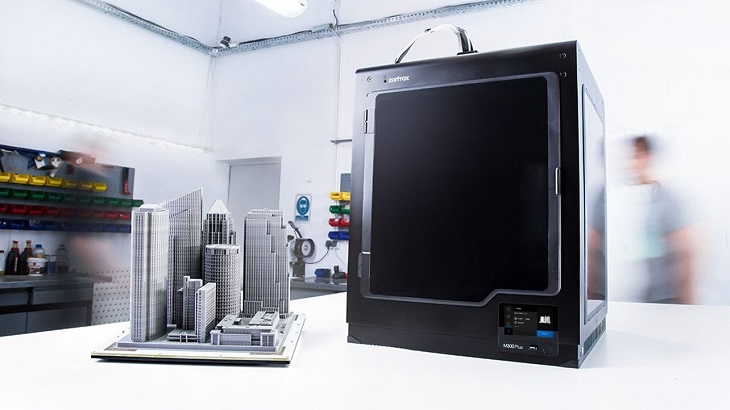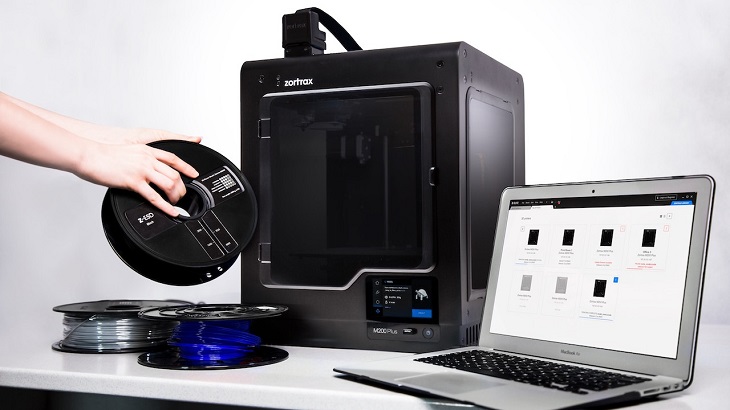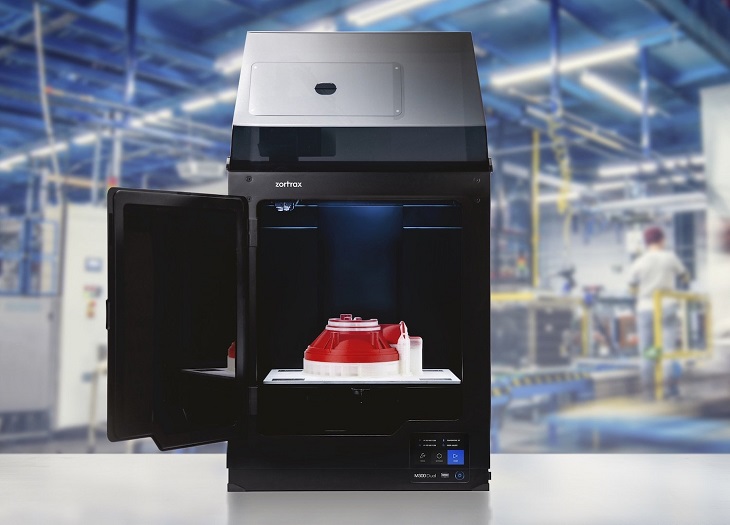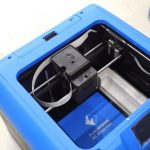
It’s not the first time I’m discussing 3D printing technology on the blog, and that’s because of how impressed I am with it, specifically with how useful it’s proved to be with various industries and applications, and even with home use.
What’s not to like about having the chance to create three dimensional objects at home, experimenting with a variety of materials, like the ABS and PLA filaments, and designs?
While it was unimaginable until some years ago to have your own 3D printer at home because of how expensive the models were, technology keeps on advancing which is why it’s become much more affordable to own one of these babies. Now, we’ve gone past the problem of exclusivity and high pricing, only to find ourselves facing another: that of huge variety.
After analysing different brands, models, prices, and features, I realised the Zortrax, the Polish brand famous for its award-winning machines, was the brand that most fascinated me with the accessible prices, reliability, ease of use and the high quality of the prints.
My dilemma came down to choosing between the widely used M200 or the mighty Zortrax M300, even though it’s the M300 Plus that’s becoming more and more popular lately and there’s a larger brother, the M300 Bundle, known for its excellent manufacturing abilities.
If you’ve found yourself in a somewhat similar dilemma, then you know how difficult it can be to make the final decision which is why it’s necessary to delve deeper into the analysing process, comparing the two or more models you’re indecisive about.
The Zortrax M200

Smaller than the Zortrax M300, if you want to get into 3D printing, specifically LPD, this is the one recommended, despite its more professional design and the fact you’d have to assemble several pieces before getting to use it. Apart from the ease of putting the pieces together, you can also count on ease of use: just power it up, load the filament and wait for the extruder to heat to the needed temperature.
Thanks to its famous features, specifically the two-part platform that allows for a model to be removed with ease without any calibration issues, along with the auto-calibration made possible due to the calibration points in the platform that help calculate the position, the dual axises, X and Y, plus the single extruder support make this printer known for its reliability and accuracy above all.
Additionally, you’d get a high quality impression the minute you feast your eyes on the sturdy components. Since it appeared in 2013, it’s got connectivity through an SD card instead of wi-fi, which might be considered a drawback for some users, however, it makes up for it with the compatibility of the Z-Suite software with Mac OS X and Windows (7, 8, XP, Vista), having no trouble importing designs and working on them, customising them, be it through rotation or scaling for instance.
In case you require the printer to print out a bigger design, there’s space for customising the settings, like allowing you to split your printing in two sections to assemble a larger product. Likewise, there’s the chance to work with filaments thanks to the printer’s compatibility.
The Zortrax M300

You might not be able to move this printer around same way you would with the lightweight M200, since it’s not exactly a desktop printer, however the fact you’d be able to print our large prints without having to split the project sure sounds promising. At a first glance, what can be said about the M300 is that is offers the same amount of reliability and accuracy just at a large scale and in a mightier yet stylish design.
Released three years after the smaller brother, this model uses the same software, the Z-Suite, known for being user-friendly, and what I most like about it is the smart design, i.e. it’s created to let you know how much of the filament there is left which makes it piece of cake to check and replace the filament for a print when needed. Still, one drawback is not having the chance to work with some more advanced settings, as in not being able to customise much.
Despite this and additional issues, such as the perforated build platform which isn’t exactly necessary because of the rafts prints and heated bed that the printer model already has, this printer still impresses with the result of the prints, specifically the details and the significant reduction in errors, so it’s the kind of quality that attracts. In case you’re looking for an even mightier model, then perhaps you’d like to give the M300 Plus a try.
Basically, there isn’t much difference between the M200 and M300, except for the size and the suitability for professional or beginner use, the latter being more beginner oriented. I still haven’t made up my mind, but I find myself more interested in the M300 for the larger prints. What about you?




















